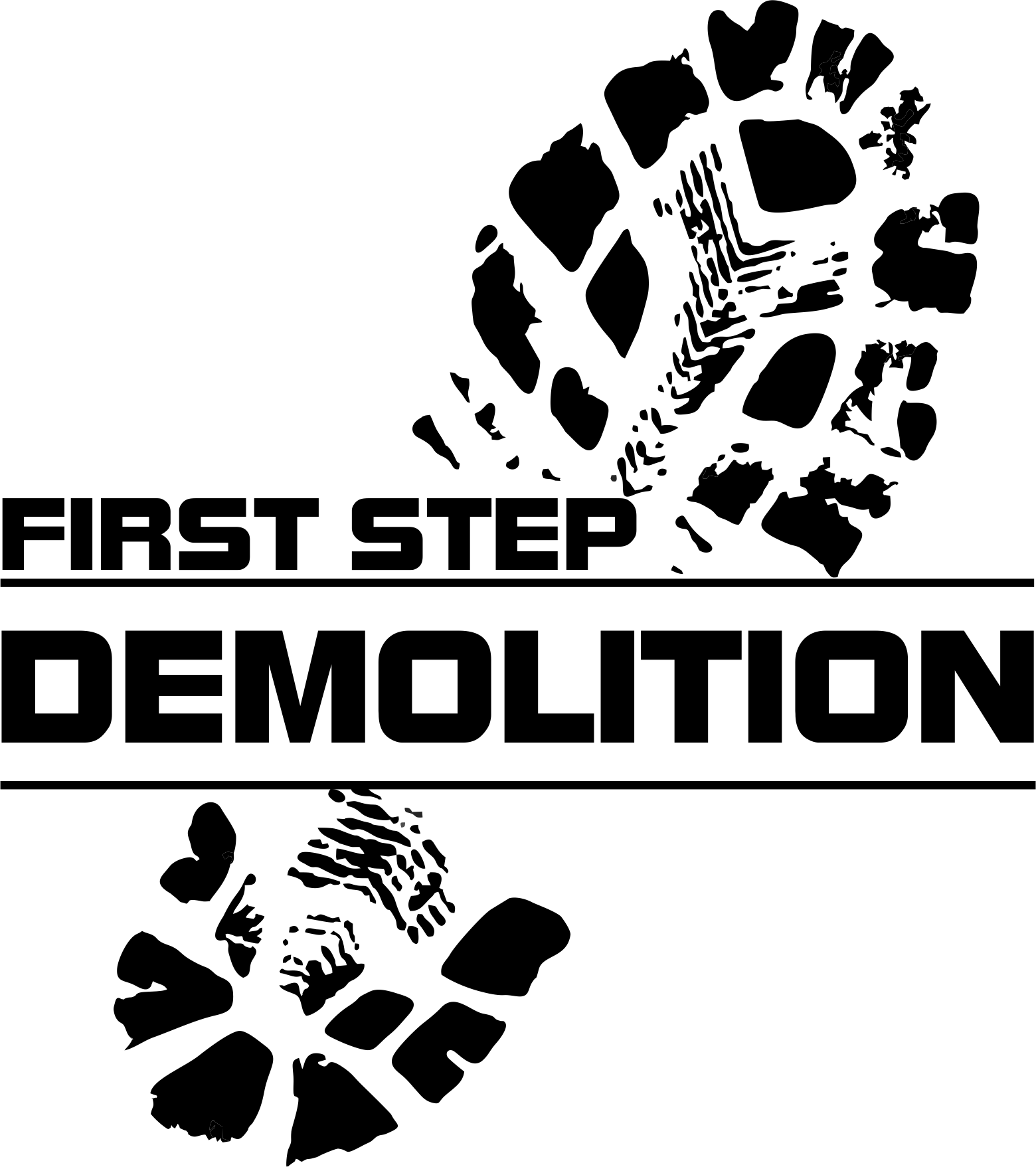The Ultimate Guide to Safe and Efficient Demolition Techniques
The art of bringing down structures may seem simple on the surface, but it involves a complex process that prioritizes the well-being of workers, the public, and the environment. Demolition is an essential process in the construction industry, allowing for the removal of old and unsafe structures to make way for new developments. However, the practice comes with inherent risks and potential hazards. To ensure the safety of workers and the surrounding environment, it's crucial to employ safe and efficient demolition techniques. In this ultimate guide, we will explore the best practices and methods for carrying out successful, safe, and efficient demolitions.
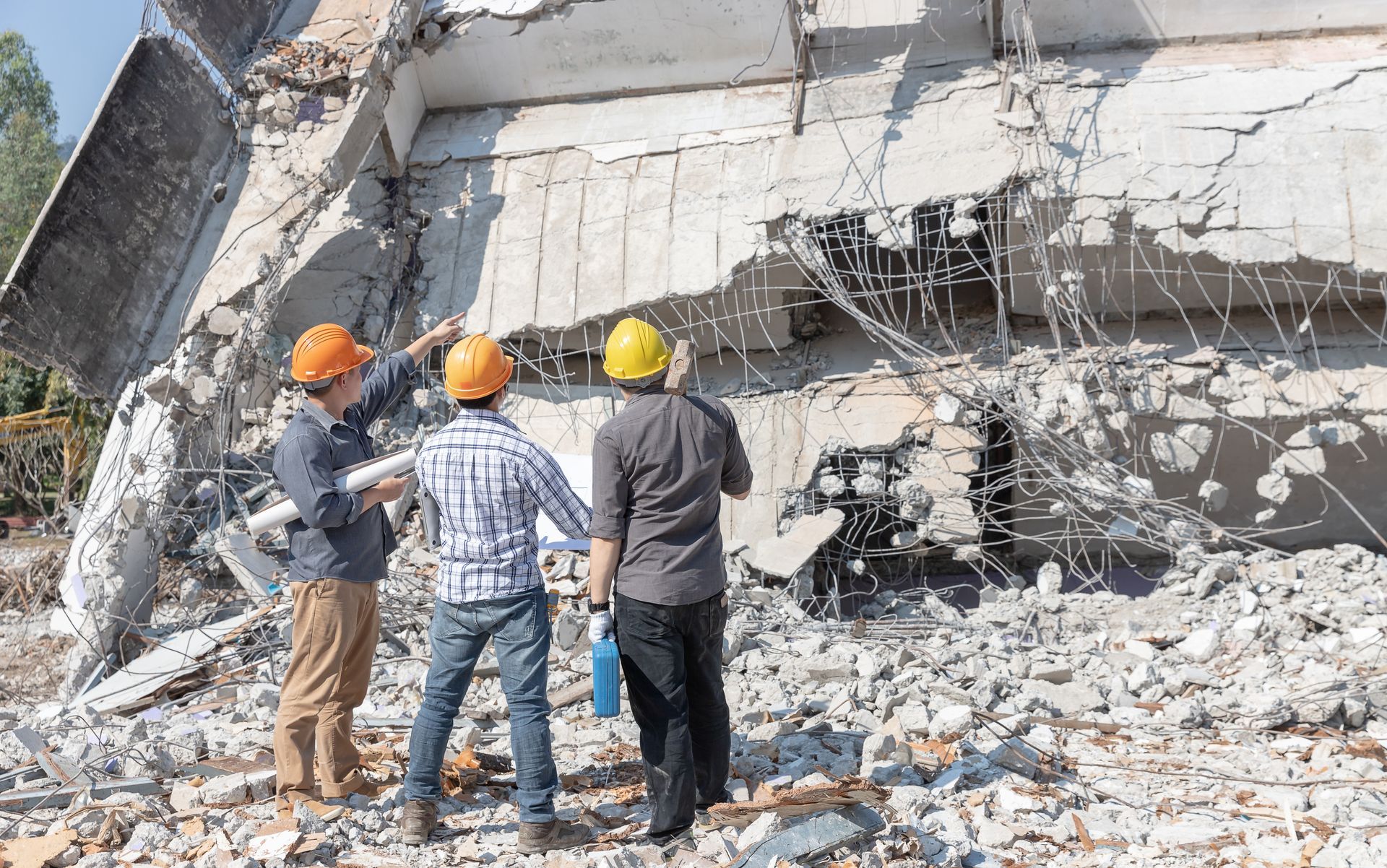
Step-By-Step Guide to Safe and Efficient Demolition Techniques
Conducting a demolition project is definitely not an easy task. It can bring out numerous challenges especially when you are completely clueless about it. Hence, we have come up with this step-by-step guide to safe and efficient demolition techniques that you can do for your next demolition project.
1. Proper Planning and Assessment
Proper planning and assessment are the foundation of any successful demolition project. Doing this will ensure that potential risks are mitigated and the entire process runs smoothly. This vital phase involves the following steps:
- Conducting a thorough structural analysis to identify potential hazards and weaknesses within the building.
- Creating a detailed demolition plan that outlines the methods, equipment, and timeline for the project.
- Establishing a safety plan to protect workers and the surrounding environment.
- Obtaining all necessary permits and approvals from local authorities.
2. Selecting the Appropriate Demolition Method
There are several methods for carrying out demolition work, each with its own set of advantages and drawbacks. The most suitable technique depends on factors such as the building's size, construction materials, and location. Common demolition methods include:
Manual Demolition
Using handheld tools such as sledgehammers, jackhammers, and pry bars. Ideal for small-scale projects where precision is required.
Mechanical Demolition
Utilizing heavy machinery like excavators, bulldozers, and wrecking balls. Best suited for larger structures and those made from reinforced concrete.
Implosion
Involving the use of explosives to collapse a building in a controlled manner. Typically reserved for large-scale, complex projects where other methods are impractical or unsafe.
There are more than just these three types of demolition that we listed here. Although, these three are the most common ones employed in both residential and commercial demolition projects. You can read more about it here
“What Are The Different Demolition Methods”.
3. Employing Safety Measures
To minimize risks and ensure the safety of workers and the surrounding environment, it's essential to implement a range of precautions throughout the demolition process. These measures help to prevent accidents, reduce environmental impacts, and maintain a secure working environment. Key precautions include:
Establishing a secure perimeter
Setting up barriers or fencing around the demolition site not only protects the public from potential hazards but also prevents unauthorized access, reducing the risk of accidents and liability.
Developing a comprehensive safety plan
A well-thought-out safety plan should cover all aspects of the demolition process, from equipment usage and worker training to emergency response protocols. Regular safety meetings and updates can further reinforce the importance of adhering to these guidelines.
Implementing dust and debris control measures
Dust and debris can pose health risks and create environmental issues. Wetting down surfaces, using air filtration systems, and employing proper debris containment methods can significantly reduce these risks.
Ensuring proper worker training and protective gear
Workers should be adequately trained in the safe use of equipment, machinery, and demolition methods. Additionally, providing appropriate personal protective equipment (PPE) such as hard hats, safety glasses, and steel-toed boots is essential for their well-being.
Conducting regular equipment inspections
All machinery and equipment should be routinely inspected for potential hazards and malfunctions. This proactive approach ensures that any issues are addressed promptly, minimizing the risk of accidents.
Establishing clear communication channels
Effective communication is crucial during demolition projects. Ensuring that all workers understand their roles and responsibilities, as well as having access to reliable communication devices, can help prevent misunderstandings and enhance overall safety.
By incorporating these precautions into the demolition process, contractors can significantly reduce risks and create a safer working environment for all involved, ultimately leading to more successful and efficient demolition projects.
4. Recycling and Waste Management
Efficient waste management is essential for a sustainable demolition process, as it minimizes the environmental impact and promotes resource conservation. Effective waste management during demolition projects involves several key components:
Material sorting and segregation
Separating different types of materials on-site can facilitate recycling and proper disposal. Metals, concrete, wood, and other recyclable materials should be separated from non-recyclable waste to ensure they can be reused or repurposed.
Recycling and reuse
Many materials from a demolition site can be recycled, reducing the need for new raw materials and conserving valuable resources. For example, concrete can be crushed and used as aggregate, while metals can be melted down and repurposed. Additionally, salvaging items such as doors, windows, and fixtures for reuse can help reduce waste and contribute to a circular economy.
Hazardous waste management
Demolition sites often contain hazardous materials, such as asbestos, lead-based paint, and chemicals. Proper handling, containment, and disposal of these materials are crucial to protect workers and the environment. Engaging specialized waste disposal services or licensed professionals can help ensure the safe removal and disposal of hazardous waste.
Waste tracking and documentation
Maintaining accurate records of waste generated, recycled, and disposed of can help demonstrate compliance with environmental regulations and showcase commitment to sustainable practices. Tracking waste also allows contractors to identify areas for improvement and optimize waste management processes.
Utilizing waste management facilities
Partnering with recycling facilities and waste disposal services can help streamline the waste management process. These facilities often have specialized equipment and expertise to handle construction and demolition waste efficiently and responsibly.
By doing these efficient waste management practices during demolition projects, contractors can minimize their environmental footprint, contribute to resource conservation, and promote sustainability within the construction industry.
5. Post-Demolition Cleanup
Once the demolition work is complete, the site should be thoroughly cleaned and prepared for its next use:
- Removing all debris and rubble from the site, ensuring that any remaining hazardous materials are handled safely.
- Backfilling and grading the area to create a stable surface for future construction.
- Restoring the surrounding landscape and addressing any environmental impacts caused by the demolition process.
Conclusion
Safe and efficient demolition techniques are crucial for minimizing risks and ensuring the success of a project. By following best practices such as thorough planning, selecting appropriate methods, implementing safety measures, and adhering to responsible waste management, contractors can carry out demolition work in a manner that protects both workers and the environment.– A comprehensive article that covers various demolition methods, safety precautions, and equipment used in the industry, perfect for both professionals and curious readers.
First Step Demolition
Are you ready to take the first step towards a safe and efficient demolition project? At First Step Demolition, we pride ourselves on our commitment to safety, sustainability, and precision. Our team of experienced professionals is ready to guide you through the entire process, from planning to post-demolition cleanup.
Don't leave your demolition project to chance. Trust the experts at First Step Demolition, who not only follow but exceed industry best practices outlined in "The Ultimate Guide to Safe and Efficient Demolition Techniques." We're dedicated to providing a seamless and stress-free experience that prioritizes the safety of our workers, the public, and the environment.
Contact First Step Demolition today for a free consultation, and let us show you the difference that expertise, professionalism, and a commitment to safety can make for your next demolition project.

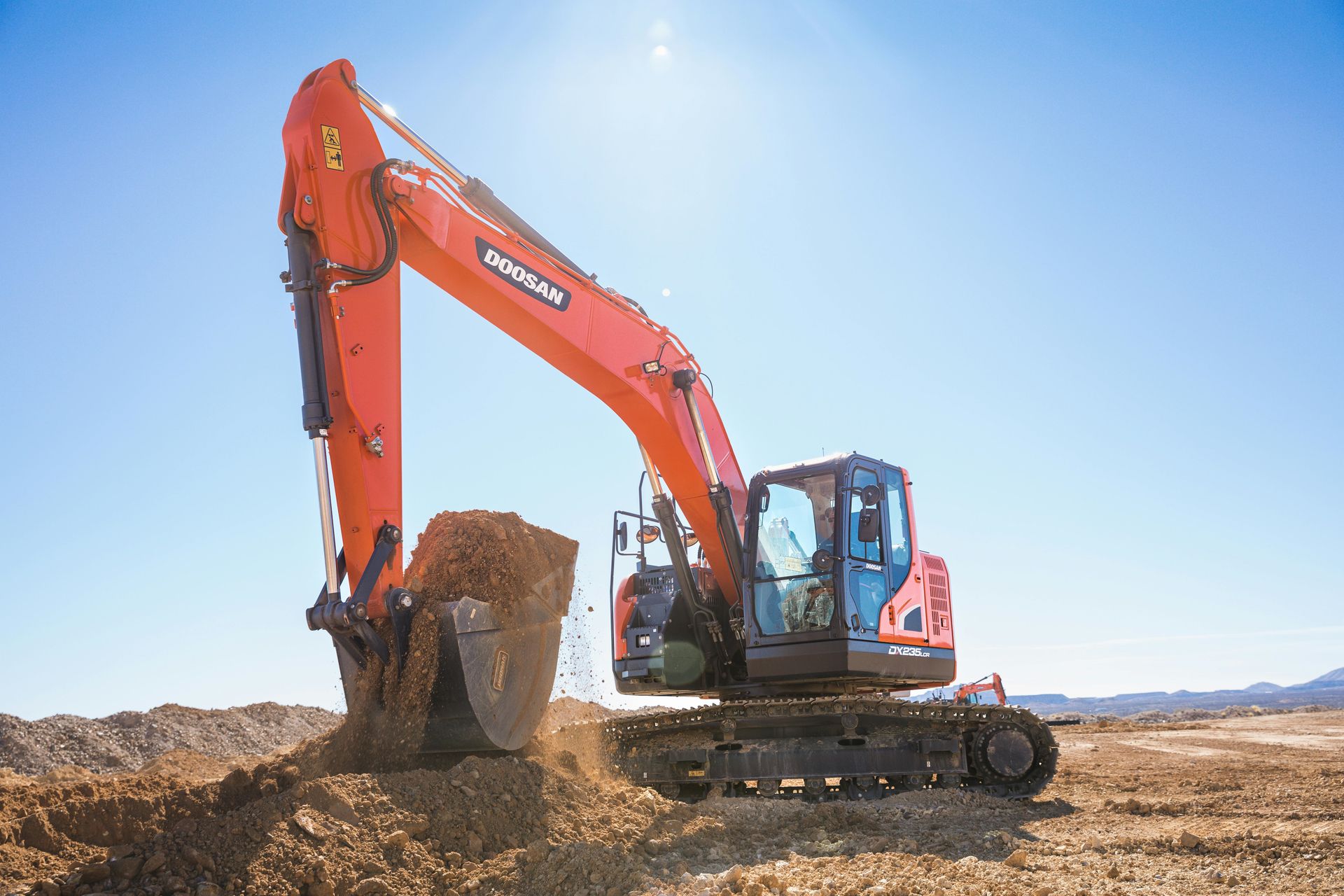
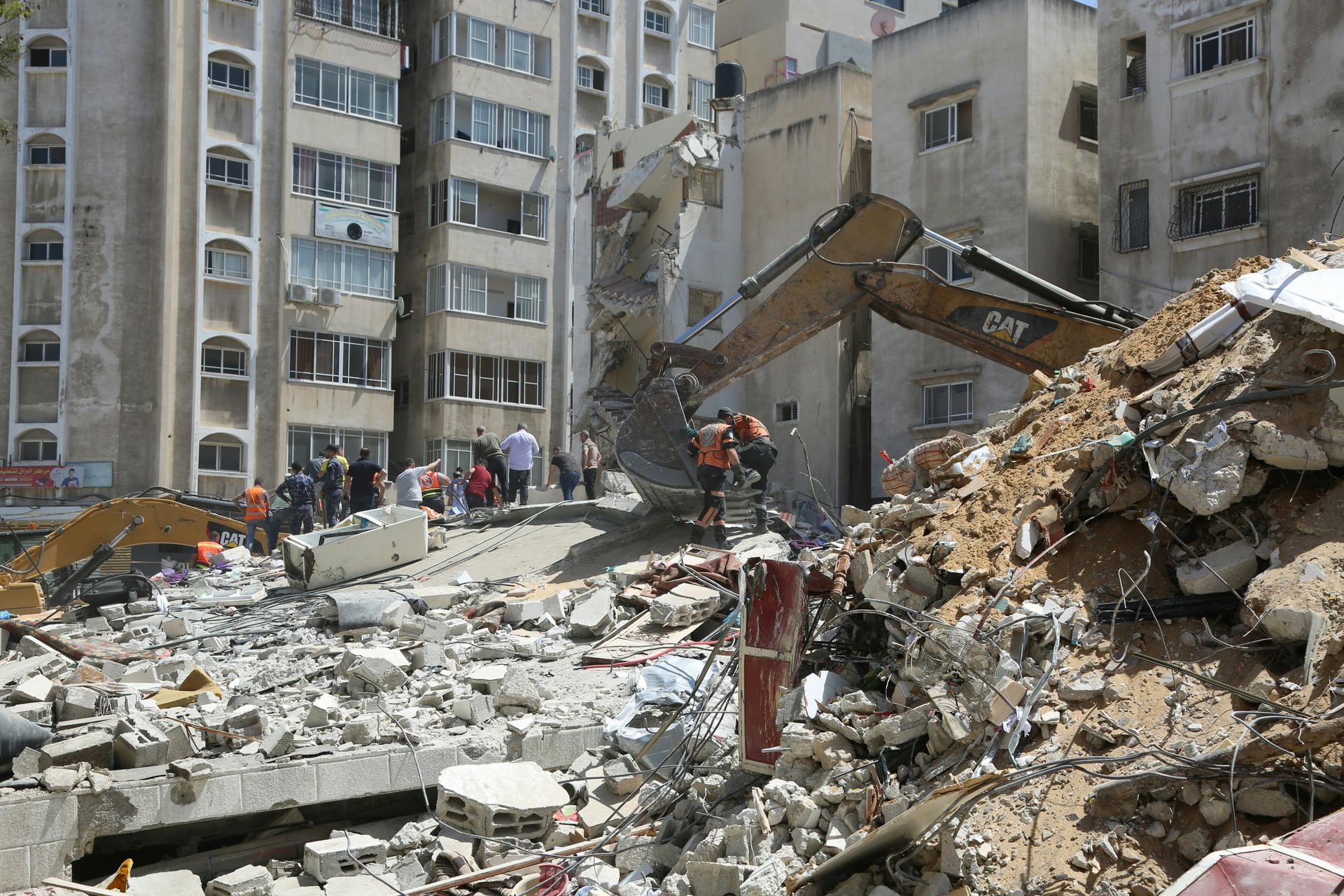
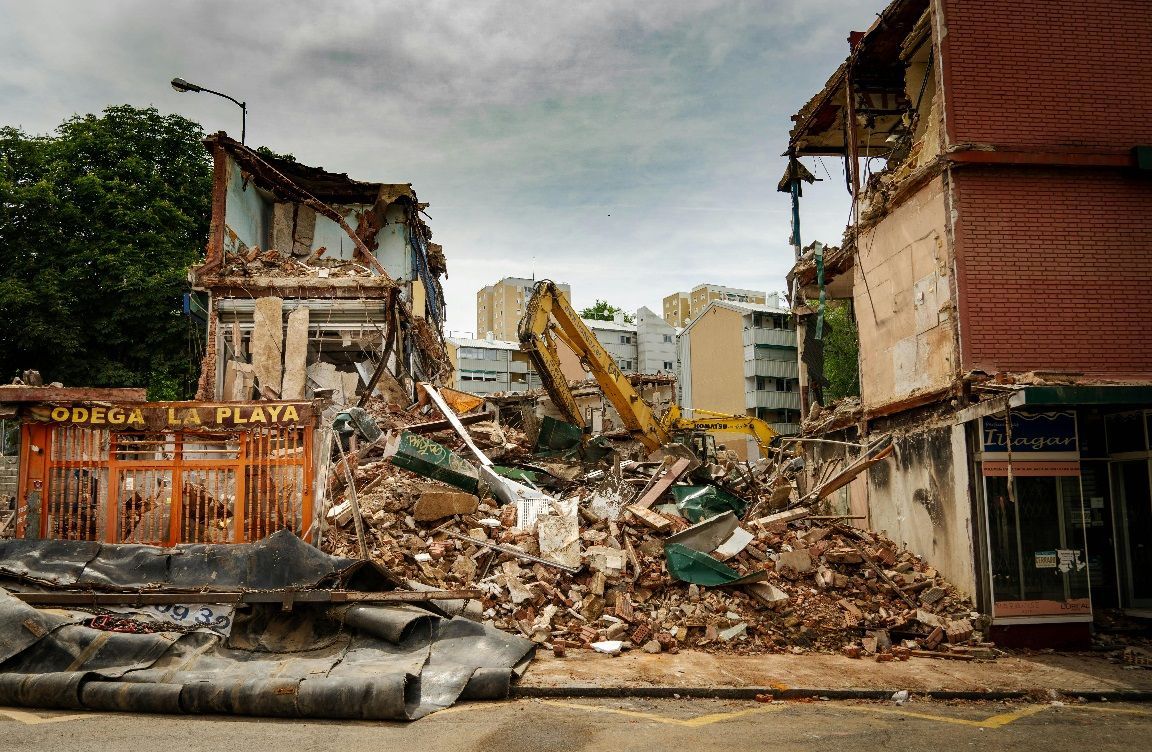
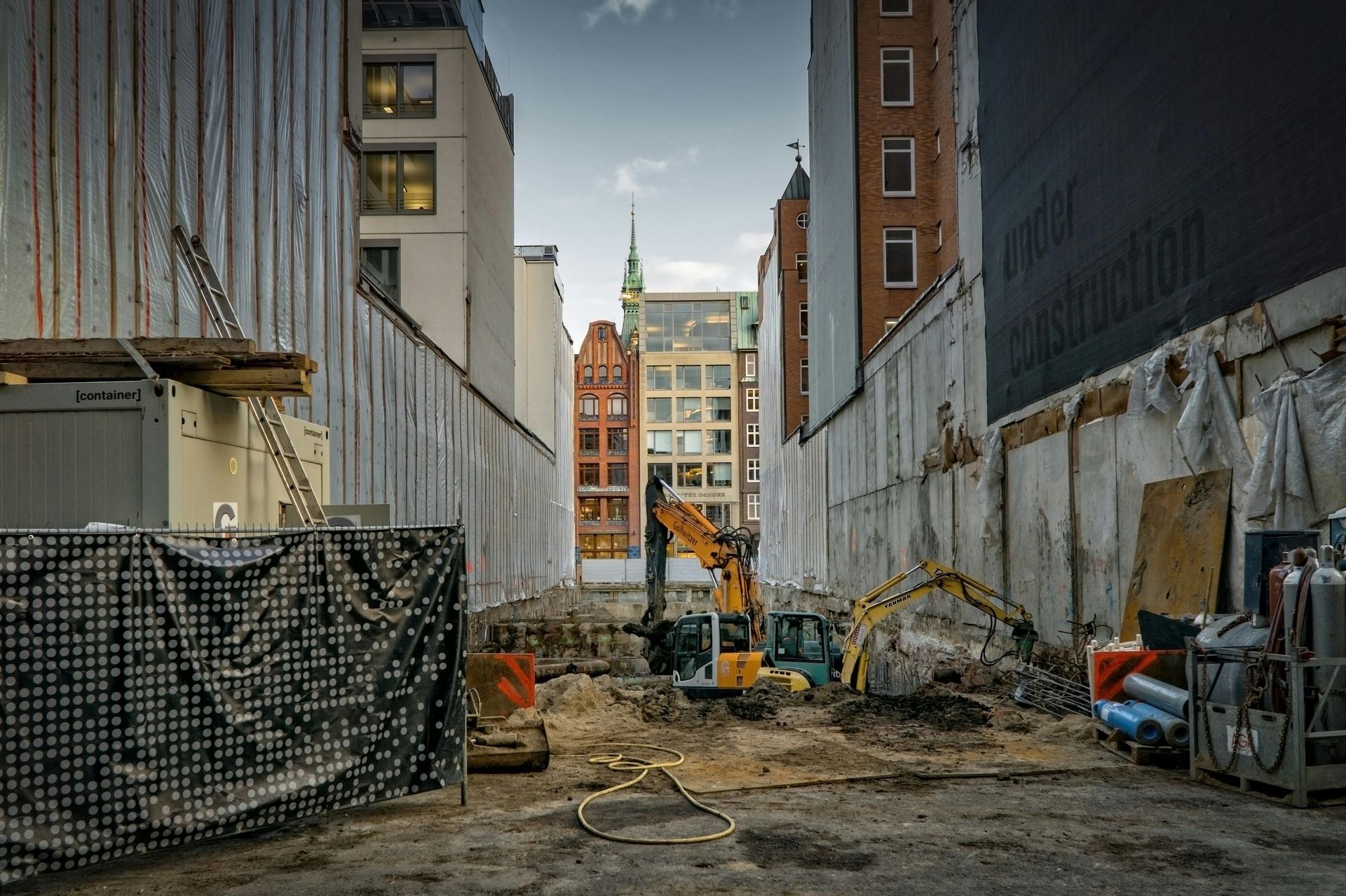
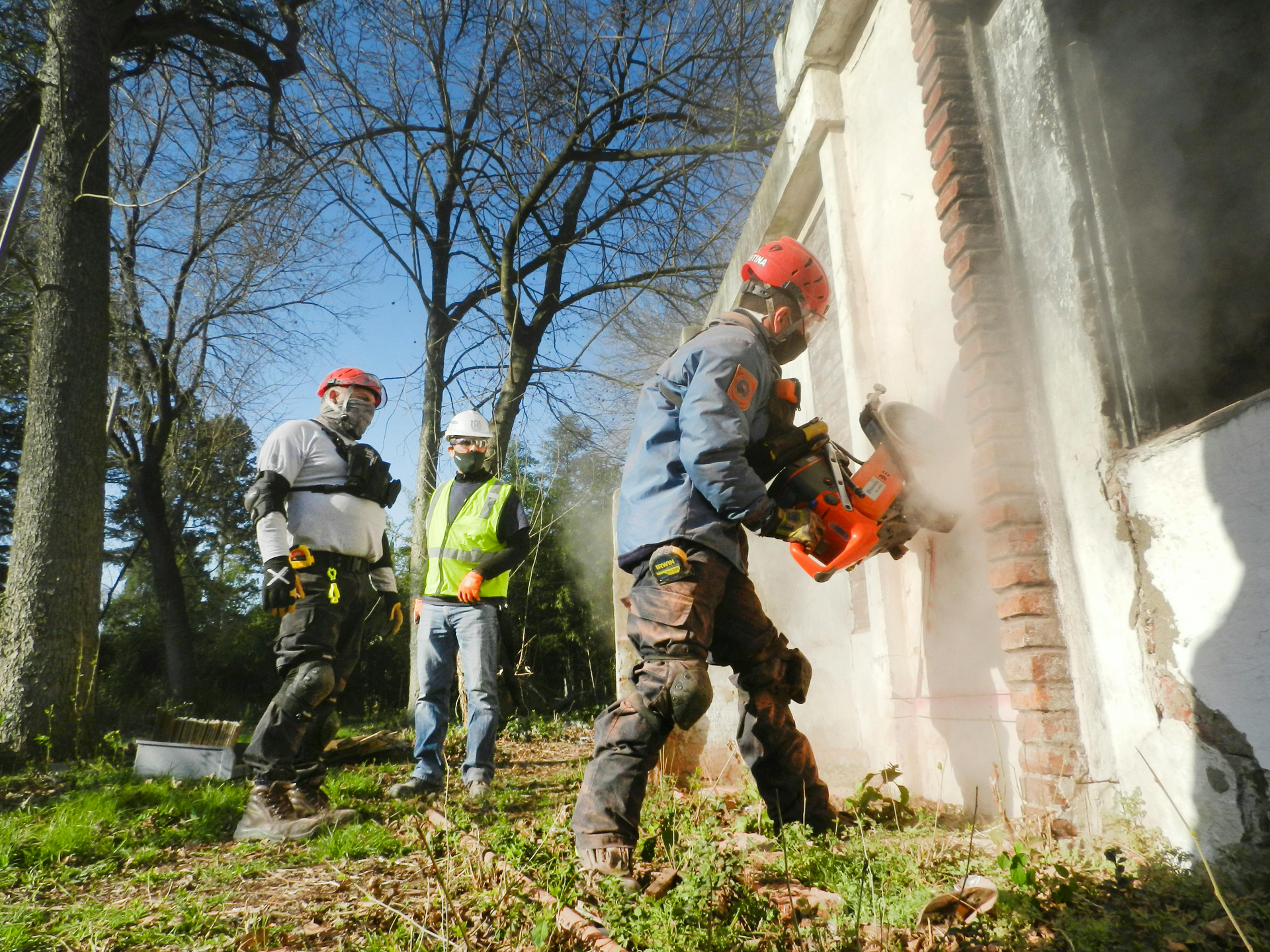


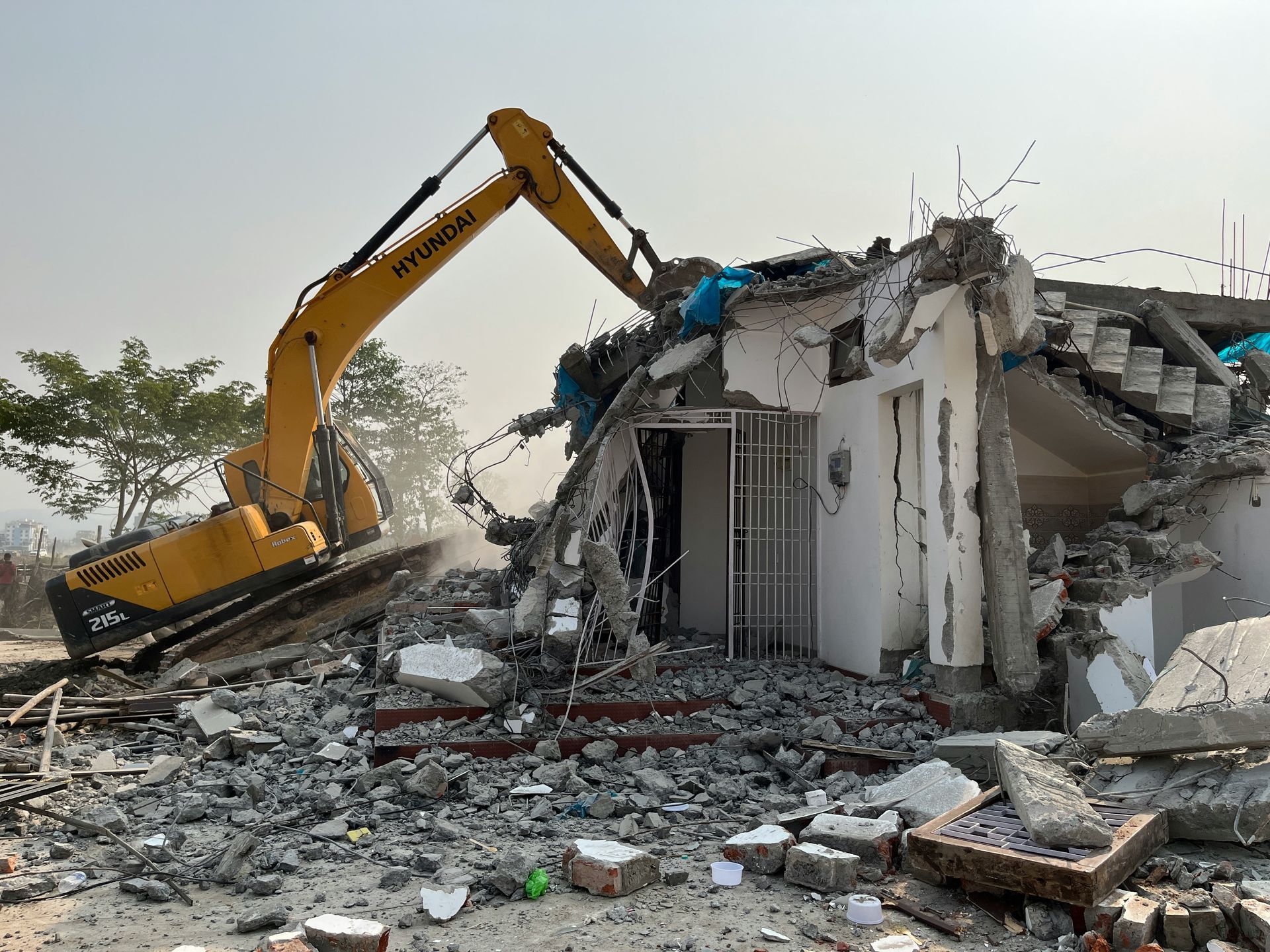
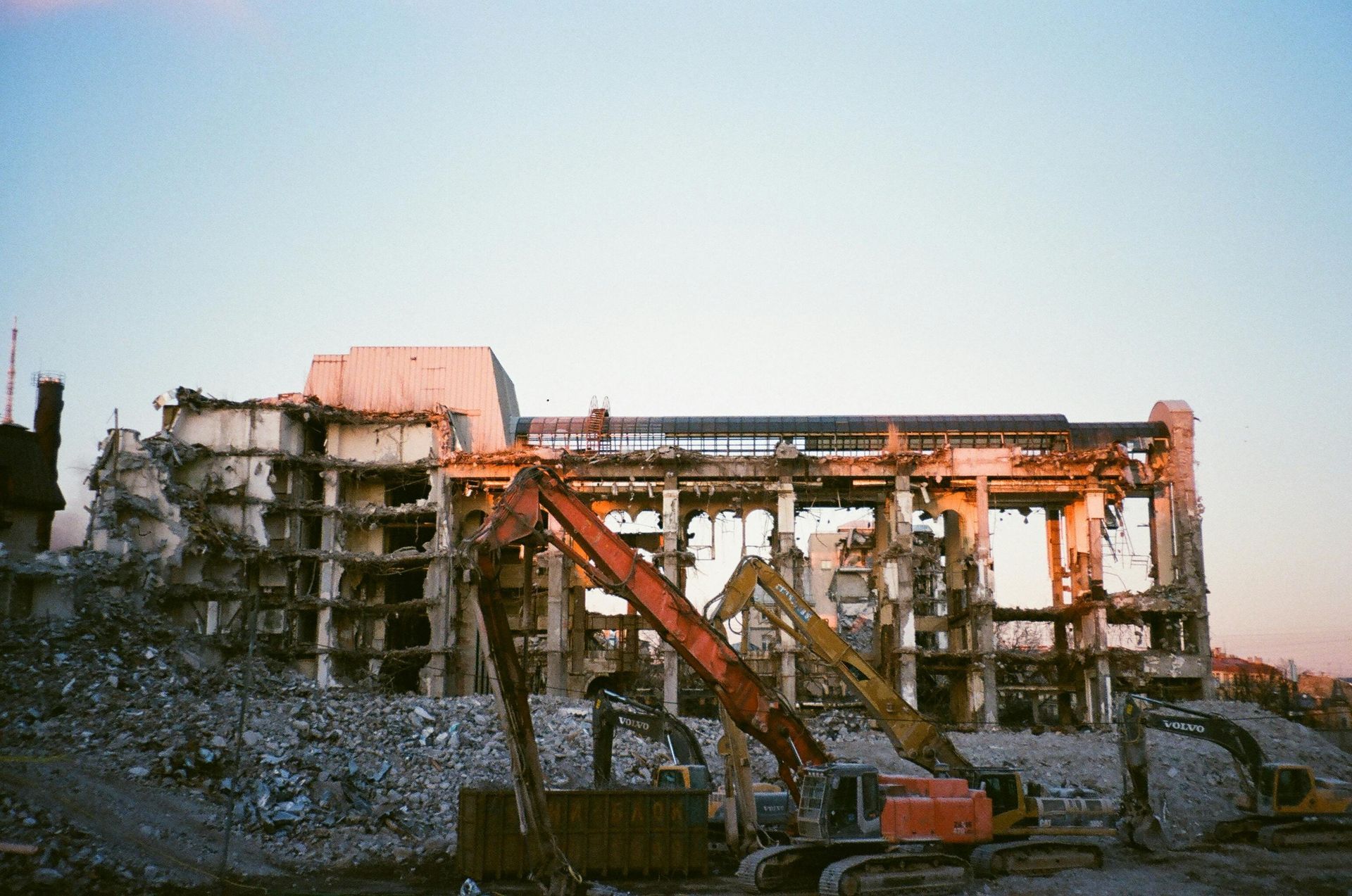
FIRST STEP DEMOLITION PROVIDES COMMERCIAL AND RESIDENTIAL DEMOLITION AND SITE PREP SERVICES TO CUSTOMERS THROUGHOUT ARIZONA.
OUR WEBSITE
OUR COMPANY HAS HIGH SAFETY STANDARDS AND COMPLIES WITH ALL OSHA REQUIREMENTS
Website Designed by: Kickass Websites
